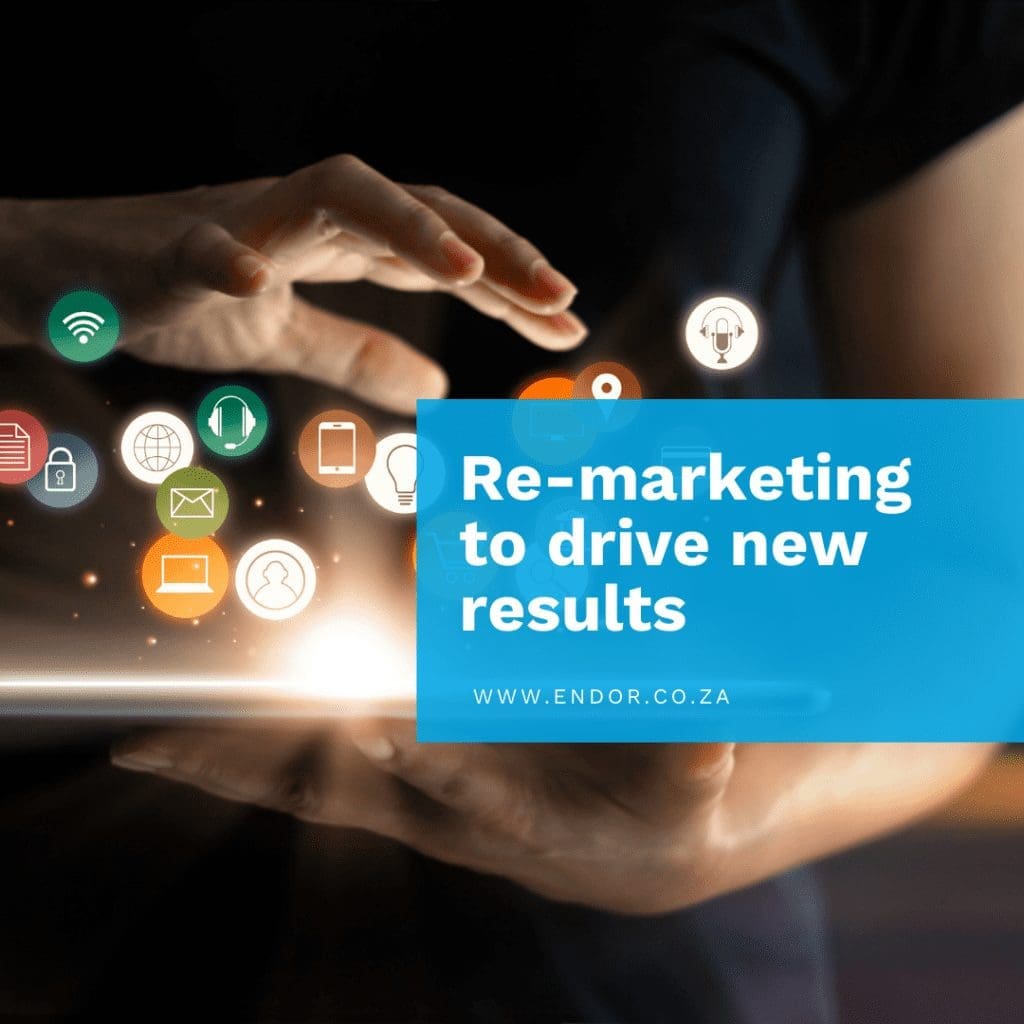Remarketing is available on Google, Facebook and Mailchimp and is very easy to setup, so don’t miss out on the opportunities offered.

Why Should You Build Remarketing Campaigns?
Remarketing campaigns offer unique benefits to businesses that a typical marketing campaign may not.
Let’s go through the tangible benefits you may find by running your own remarketing campaign
Boost Conversion Rate & ROI
One of the biggest reasons for doing a remarketing campaign is gaining back lost sales. When a customer shows interest in buying your products, but didn’t end up converting, a remarketing campaign can bring them back to your store to convert. Personalised and dynamic abandoned cart emails are one of the best ways to accomplish this, boasting a high conversion rate and click through rate. By decreasing lost sales, you’re in turn boosting ROI.
Improve Brand Recognition
By repeatedly connecting with customers in a highly branded way, remarketing ads and emails reinforce brand recall that helps customers to remember your store the next time they need to buy your product.
Build Lasting Customer Relationships
It’s no doubt that customers endlessly appreciate personalisation when it comes to the sometimes cold and automated world of eCommerce. By injecting personalisation into your marketing efforts and connecting directly with customer’s specific needs, you’ll encourage brand loyalty and build customer trust.
How to Set Up a Remarketing Campaign That Works
If you want to set up an effective remarketing campaign that truly brings people back to your business, then you need to plan it out thoroughly and cohesively. Everything needs to be purposeful, from the pages you’re tagging and the audience you’re targeting to what ads you’re serving and when they’re going out. When you create your remarketing campaign, follow these tips for success.
Identify Your Tagged Pages
Before you even begin to set up your remarketing campaign, you first need to choose which pages on your site need to be tagged and monitored for it. When setting up your campaign, these pages will be tagged and monitored so that users who visit them without purchasing will be remarketed to later.
Segment Your Audience
In a typical marketing campaign, you’d be segmenting your audience based on demographics, behaviors and buyer personas. While this is still important for remarketing, you’re also segmenting audiences based on more specific behaviors in relation to their previous interactions with your business. Make sure that your audience segmentation aligns with a clear campaign goal. The way you segment your audience will inform how you strategise your campaign, so work on establishing this early on.
Perfect Your Timing
Think about how long you want to follow site visitors with your remarketing ads. If you follow visitors for too long, they may get annoyed and overwhelmed by the constant barrage of advertisements. But, if you follow visitors for a time period too short, you may not have exposed your ads to them long enough to stick. Test out different durations and see which works best for your target audience and business.
Offer Discounts & Coupons
Your remarketing efforts won’t always work on repeated exposure alone – you’ll also need to incentivise visitors to return to your store and finalize their purchases. By including incentives like discounts and coupons in your remarketing emails and retargeting ads, you’ll be encouraging visitors to come back and take advantage of that exclusive deal.
Monitor Your Campaign
Remarketing campaigns aren’t a set-it-and-forget-it type of strategy; you need to constantly be monitoring the performance and effectiveness of your ads so that you can add, remove or change what is and isn’t working. If something isn’t working, don’t be afraid to change your campaign and stop wasting money on ads that aren’t converting.




